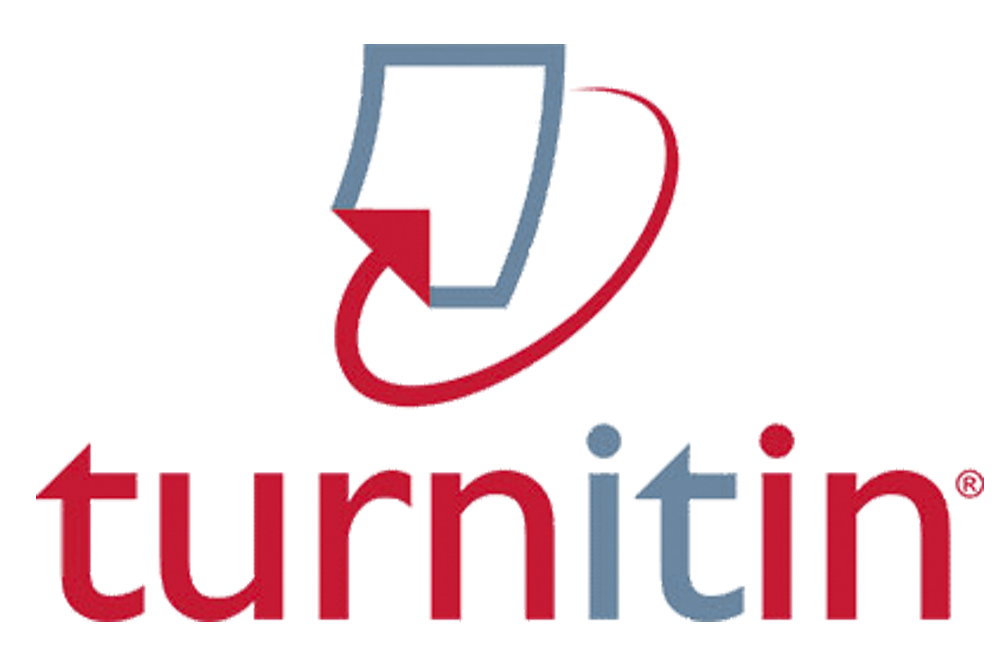Gyroscope Prototype as a Calibration Tool for Approach Light Angle Using Smartphones as Learning Media
DOI:
https://doi.org/10.46509/ajtk.v4i2.202Keywords:
Airfield Lighting System, Approach Lighting system, Approach Area, NodeMCU, ESP8266Abstract
Visual landing aids or commonly called the Airfield Lighting System (AFL) which has one of the visual landing aids, namely the Approach Lighting System (ALS). The function of the Approach Lighting System (AFL) is as a lamp that provides information regarding the end of the runway extension in the approach area to the runway threshold so that the aircraft can land on the runway or runway. Due to the rarity of measuring instrument for calibration of the approach light angle and the difficulty of the terrain that must be traveled to the approach area, the installation and measurement of the elevation angle of the approach light during maintenance and maintenance is not in accordance with applicable regulations. Therefore, a prototype measuring instrument was made so that technicians can calibrate quickly and easily when carrying out maintenance. This final project contains the design of a Prototype Gyroscope as a Calibration Tool for Approach Light Angle Using a Smartphone with a NodeMCU ESP8266 microcontroller which functions as the control brain of this tool as well as a wireless network catcher which is used as a data transmission path to the output interface on the Smartphone. In addition, this circuit can monitor the angle of a field with the help of the MPU 6050 sensor. With the design of this final project, it will become a lamp angle calibration tool that will simplify and streamline activities in the maintenance of visual aids by technicians












